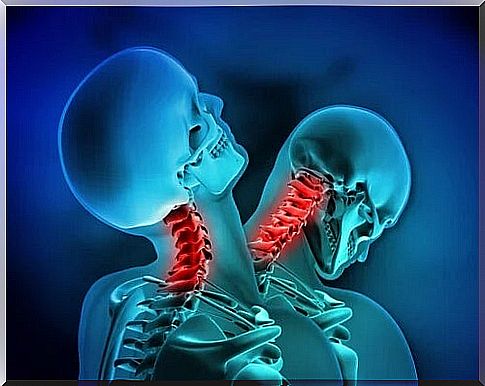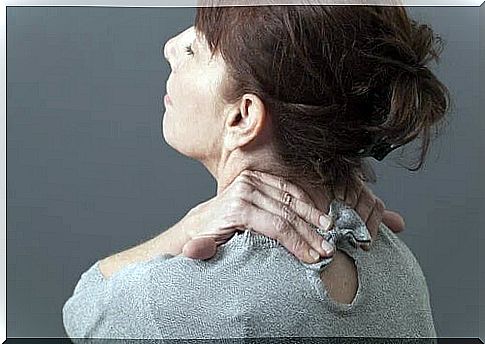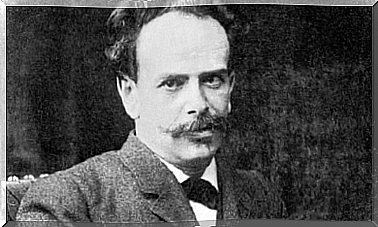Whiplash: Causes, Symptoms And Treatment

The number of car accidents is increasing every year, so much so that it is one of the main causes of death, especially among young people. Fortunately, a car accident does not always involve the death of the people involved, in many cases they survive, but they can have serious consequences, such as the annoying whiplash.
The whiplash injury is trauma which affects the neck in the presence of an acceleration or a sudden braking while driving. It usually occurs as a result of a road accident where it was necessary to brake suddenly or after receiving a blow to the neck.
Also called cervical spine sprain, whiplash can be accompanied by bothersome and dangerous symptoms. Today you will find out everything there is to know about this pathology.

Causes of whiplash?
When you brake hard while driving or when you receive a blow to the head, the vehicle’s acceleration is transmitted directly to the neck. This causes the weight of the head (which is typically 8 kg) to temporarily increase to 50 kg, much more than the cervicals can bear without effort.
The most common explanation is that following the blow, an internal tear of some ligaments or muscles of the neck is produced. As a result, very intense pain occurs in this area which can extend to the head and back and which can be accompanied by other less common, but no less annoying symptoms.
However, some studies show that whiplash symptoms have nothing to do with the appearance of a sprain. Experts suggest the possibility that this is a psychosomatic problem related more to stress than physical damage.
In general, it is not a dangerous pathology and after a few days it resolves on its own. However, if the symptoms persist for a long time or are very acute, it is advisable to consult your doctor immediately to rule out more serious problems.
More frequent symptoms
Most people who have experienced whiplash experience a number of common symptoms. Some of these are:
- Neck pain : usually it is immediate or in the hours following the accident.
- Stiffness of the cervical muscles : it is difficult to move the neck freely.
- Headache : usually affects the top of the head.
- Nausea or dizziness, with the feeling of losing balance at any moment.

Other, less frequent symptoms may occur. It is not uncommon, in fact, to complain of pain extending from the neck to the arms or back. Tinnitus, i.e. the perception of ringing in the ears, may also occur.
The malaise linked to the traumatic event of the road accident can also trigger emotional symptoms. The most common are anxiety and post-traumatic stress, but both are mild and short-lived conditions.
How to deal with the problem?
Whiplash is a problem that, with time and patience, responds well to treatment. In this sense, until recently it was recommended to keep the neck immobile to accelerate healing, this is because it was thought that an internal sprain in the neck occurred.
However, recent studies have shown that using a collar to immobilize the neck can actually prolong the healing time by weakening the muscles of the area in question because they always remain in the same position (some always tense, others always relaxed). Consequently, it is recommended that you return to a normal lifestyle as soon as possible and only wear the collar on certain occasions, such as while driving.
Exercising to strengthen cervical muscles has been shown to be a great way to reduce healing time. In the event that pain is felt, analgesics or anti-inflammatories can be used.
Whiplash is a troublesome condition, but it generally doesn’t have serious consequences. If the emotional problems associated with this condition persist, it is advisable to consult a psychotherapist to resolve them.









